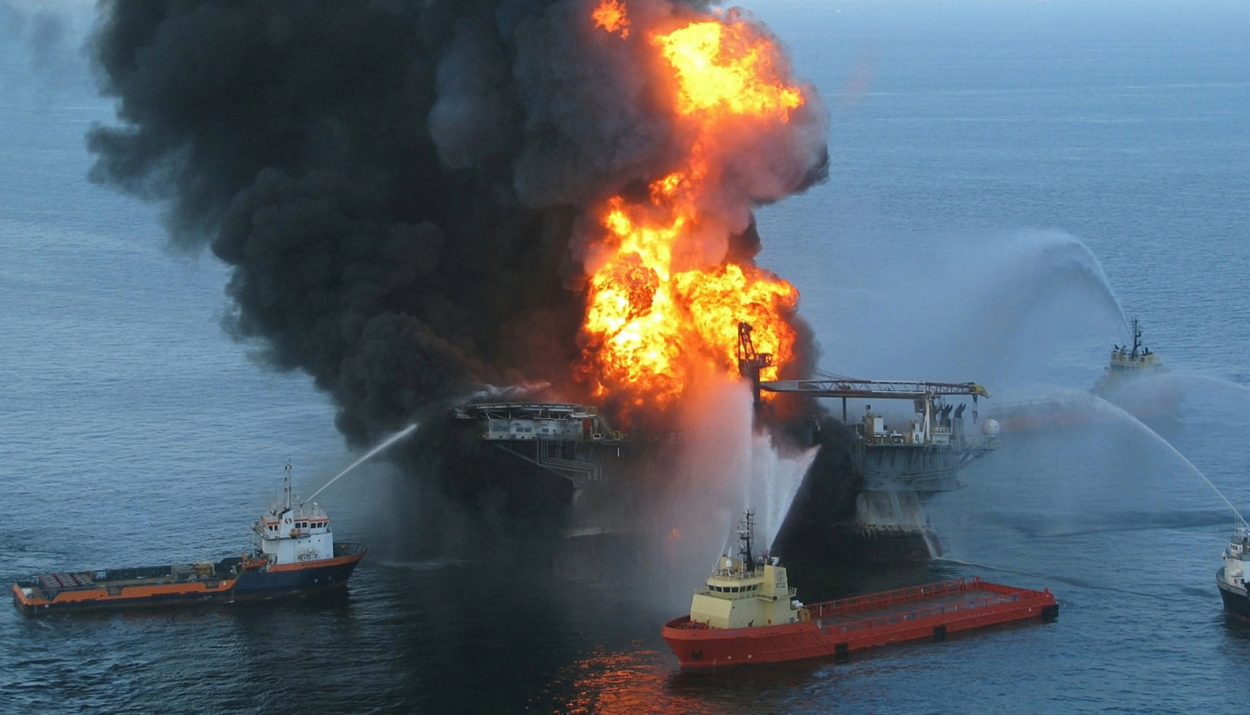Industrialization helped usher in the modern era, boosted the economies of the world, and greatly improved the quality of life for the working class. Thanks to factories, automation, and technical advances, we have electricity, automobiles, and numerous other conveniences.
Unfortunately, industrialization sometimes comes with a high price. When things don’t go as planned and disaster strikes, the loss of life can be catastrophic. Let’s look at 11 of the worst industrial accidents in world history.
#1 Chernobyl Nuclear Power Plant Disaster
On April 26, 1986, the Chernobyl Nuclear Power Plant in Pripyat, Ukraine, then part of the Soviet Union, exploded and the subsequent fires released a substantial amount of radioactive materials into the atmosphere. The accident was caused by a flawed reactor design, operator errors, and inadequate safety measures during a safety test.
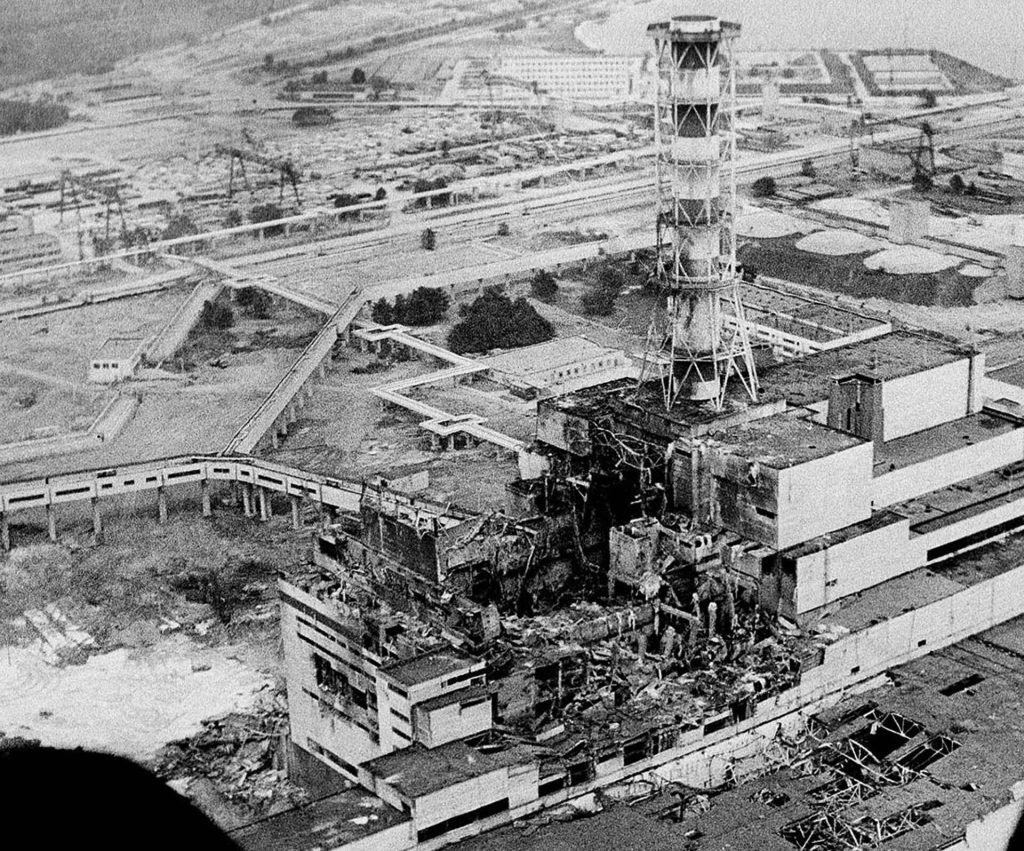
The most severe nuclear disaster in history caused the immediate deaths of two plant workers, but the long-term consequences were much more far-reaching. The radioactive fallout contaminated vast areas, forcing the evacuation of thousands of people and caused increased rates of cancer and other health issues in the affected regions.
#2 Aberfan Coal Disaster
The Aberfan mining disaster occurred on October 21, 1966, in the small Welsh village of Aberfan. A catastrophic collapse of a colliery spoil tip-a heap of waste material from coal mining-buried a local primary school and nearby houses. The tip, saturated by heavy rainfall, gave way, sending a massive flow of slurry down the hillside.
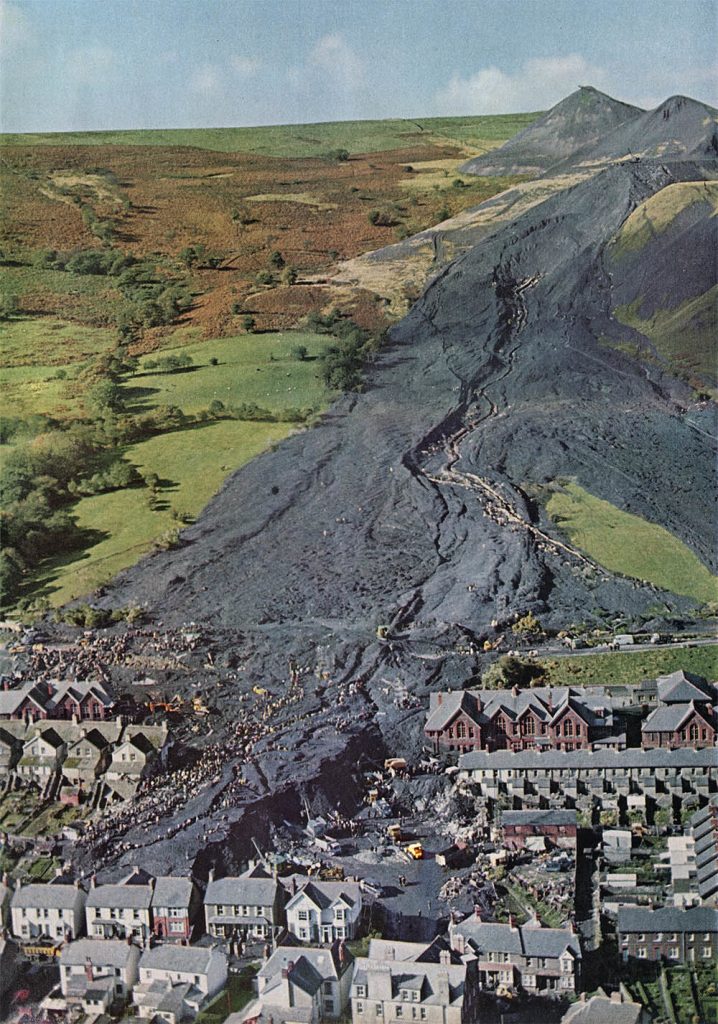
Tragically, the disaster claimed the lives of 144 people, including 116 children, as the school was in session at the time. The incident shook the nation, garnered widespread grief, and emphasized the human cost of industrial negligence and contributing to changes in safety practices within the mining industry.
#3 The Triangle Shirtwaist Factory Fire
The Triangle Shirtwaist Factory fire, a devastating industrial tragedy, occurred on March 25, 1911, in New York City. The fire broke out on the eighth, ninth, and tenth floors of the Triangle Shirtwaist Company, a garment factory known for its unsafe working conditions and for employing young immigrant women.

Factory owners kept exit doors locked and the building lacked basic fire safety measures. The trapped workers could not escape the flames. In total, 146 employees, mostly young women, perished in the blaze or by jumping from the windows to escape the flames. The incident exposed the deplorable conditions prevalent in many factories at the time. measures in the
#4 The Windscale Piles Incident
The Windscale Piles incident, occurred on October 10, 1957, at the Windscale Pile, a British nuclear facility in Cumbria, England. The reactor was part of the early British nuclear weapons program for producing weapons-grade plutonium, and the fire was caused by a cooling failure during a military reactor test.
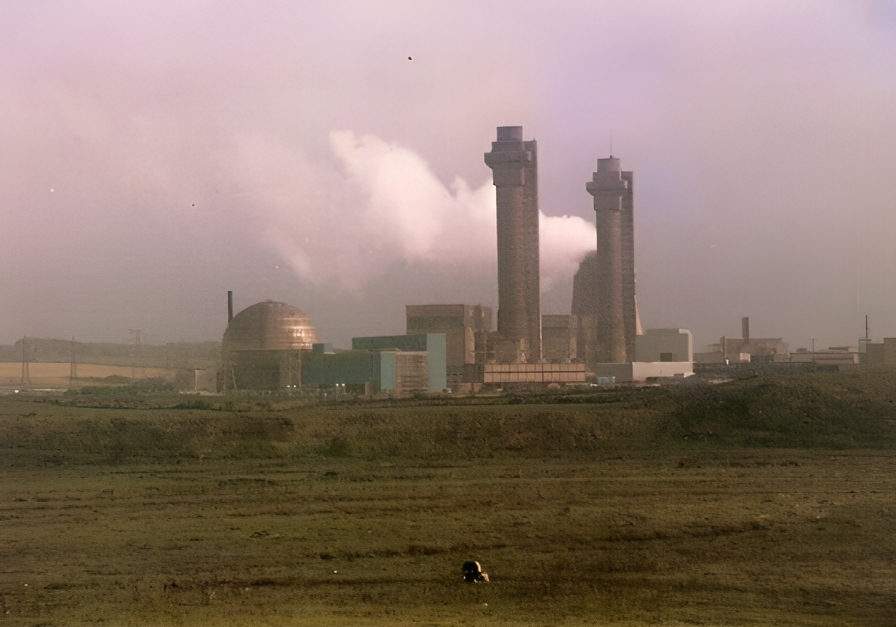
The fire, which burned for 16 hours, released radioactive iodine and polonium into the environment, leading to concerns about public health. The incident was initially kept secret but concerns about radioactive contamination and its potential health impacts eventually came to light.
#5 The Honkeiko Disaster
The Honkeiko mining disaster is one of the deadliest coal mining accidents in history. It occurred on April 26, 1942, in Benxihu Colliery, located near Benxi in Liaoning, China. A gas and coal dust explosion ripped through the mine, resulting in an estimated 1,549 fatalities. The incident was exacerbated by inadequate safety measures, poor ventilation, and the flammable nature of coal dust.

The rescue efforts were hindered by the extent of the disaster, lack of proper equipment, and a subsequent fire in the mine. Guards were hired to prevent family members of the deceased from coming into the area to claim their loved ones. Instead, workers spent ten days moving all the bodies into a mass grave.
#6 The Three Mile Island Incident
The Three Mile Island disaster unfolded on March 28, 1979, at the Three Mile Island Nuclear Generating Station near Harrisburg, Pennsylvania. A partial reactor meltdown occurred in the Unit 2 reactor, leading to the release of a small amount of radioactive gasses. The incident was caused by a combination of equipment malfunctions, design-related issues, and operator errors.
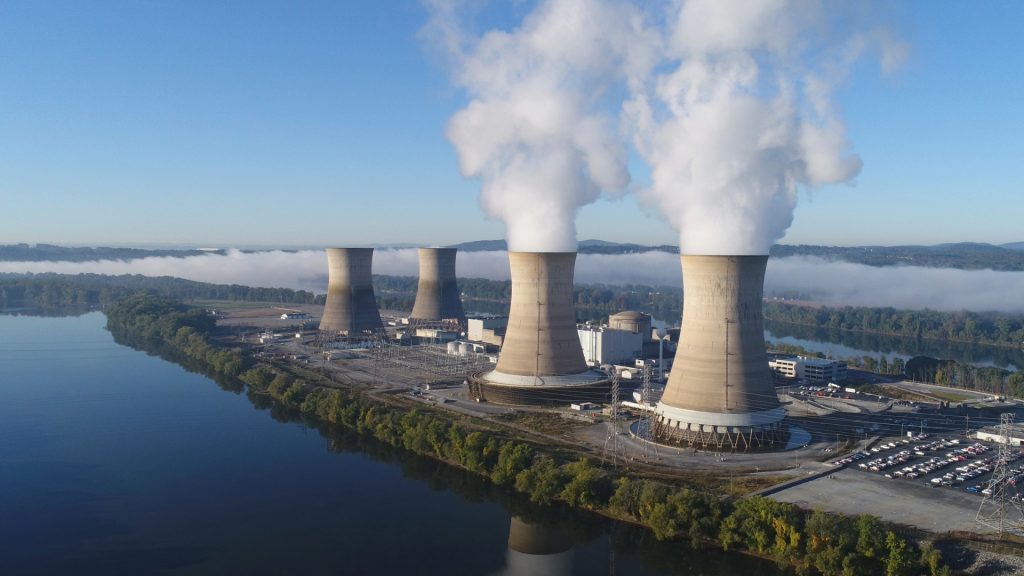
Fortunately, the safety systems contained the majority of the radioactive releases within the plant, and there were no immediate injuries or fatalities among the plant workers or the surrounding population. Nevertheless, the Three Mile Island incident had a profound impact on public perception and policy regarding nuclear energy in the United States.
#7 Monongah Mine Collapse
The Monongah mining disaster, one of the deadliest coal mining tragedies in American history, occurred on December 6, 1907, in Monongah, West Virginia. An underground explosion, attributed to a combination of methane gas and coal dust, tore through the interconnected mines of the Fairmont Coal Company.
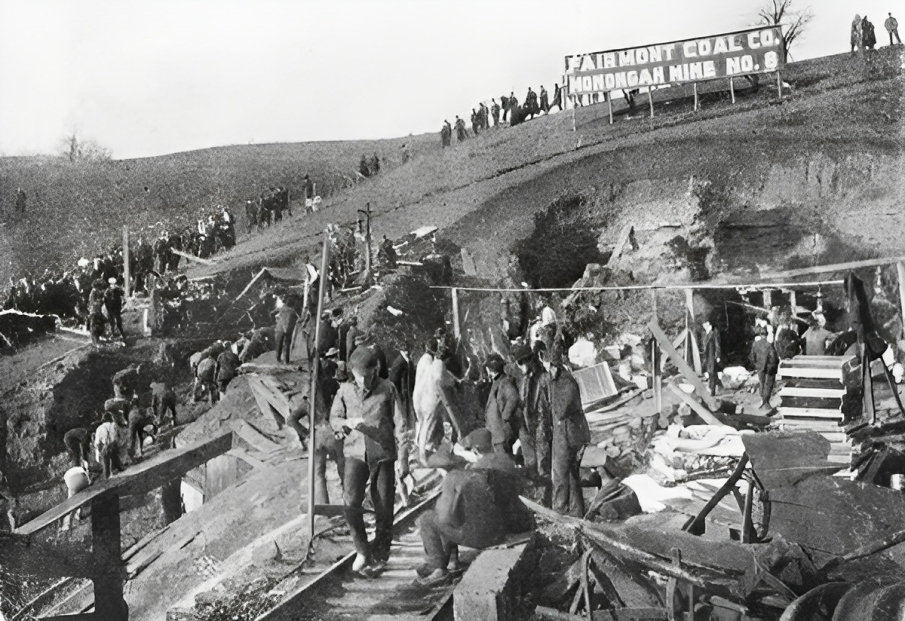
The blast and subsequent fires claimed the lives of at least 362 miners, most of them young boys. The actual toll might have been higher due to incomplete records and the presence of many immigrant workers. Victims that survived the initial explosion suffocated to death as the tunnels filled with toxic gas.
#8 Deepwater Horizon Explosion
An explosion rocked the Deepwater Horizon disaster on April 20, 2010. The offshore drilling rig, operated by British Petroleum, suffered a catastrophic blowout in the Macondo Prospect, located in the Gulf of Mexico. The massive explosion and subsequent fire that led to the sinking of the rig two days later.
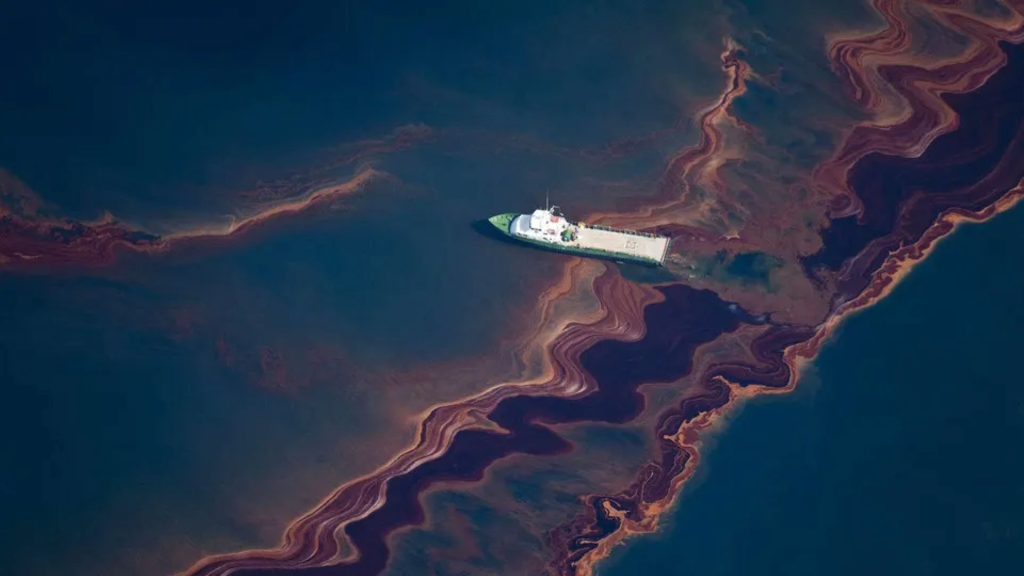
The disaster became one of the most significant environmental catastrophes in history, as it caused the uncontrolled release of millions of barrels of oil into the Gulf of Mexico over a period of 87 days. Efforts to cap the wellhead and contain the spill proved challenging, adversely affecting marine life, coastal ecosystems, and local economies.
#9 The Exxon Valdez Incident
The Exxon Valdez incident, which occurred on March 24, 1989, stands as one of the most infamous environmental disasters in history. The Exxon Valdez, an oil tanker owned by Exxon Shipping Company, struck a reef in Prince William Sound, Alaska, causing a rupture in its hull and spilling approximately 11 million gallons of crude oil into the pristine waters.

The oil spread over a vast area, devastating the marine ecosystem, killing countless fish, seabirds, and marine mammals, and severely impacting the livelihoods of local communities dependent on fishing. The incident was attributed to human error, as the ship’s captain, Joseph Hazelwood, was found to be under the influence of alcohol at the time of the accident.
#10 Fukushima Nuclear Disaster
On March 11, 2011, a massive 9.0-magnitude earthquake struck off the coast of Japan, triggering a devastating tsunami. The natural disasters severely damaged the Fukushima Daiichi Nuclear Power Plant, causing three of its six reactors to experience meltdowns.
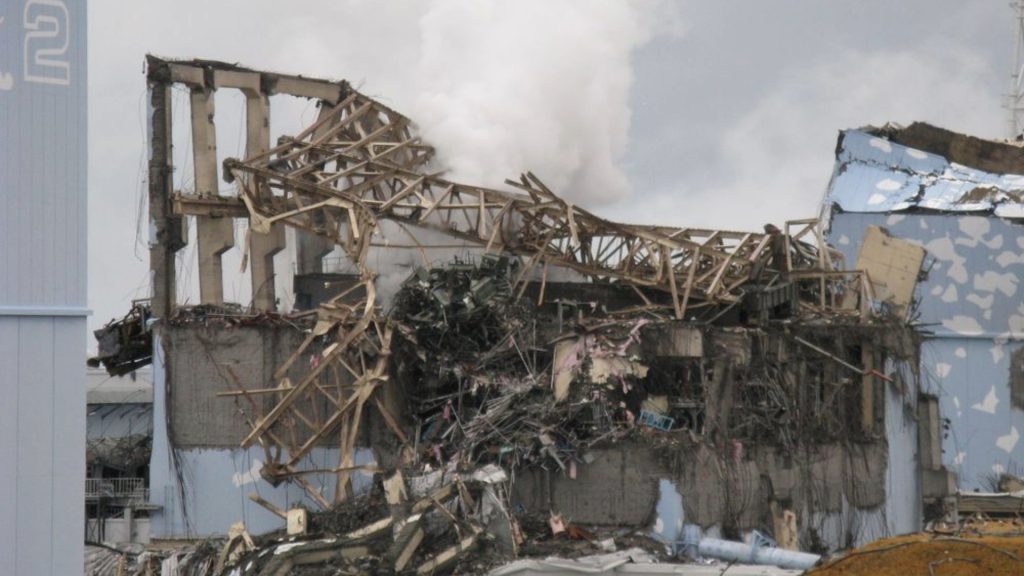
The subsequent release of radioactive materials became the most significant nuclear disaster since the Chernobyl incident in 1986. The Japanese government declared a nuclear emergency, and tens of thousands of residents were evacuated from the affected areas.
#11 The Bhopal/Union Carbide Accident
The Bhopal Union Carbide accident, one of the world’s worst industrial disasters, occurred on the night of December 2 and 3, 1984, in Bhopal, India. A pesticide plant owned by Union Carbide India Limited (UCIL) experienced a catastrophic release of methyl isocyanate gas, exposing thousands of residents to toxic fumes.
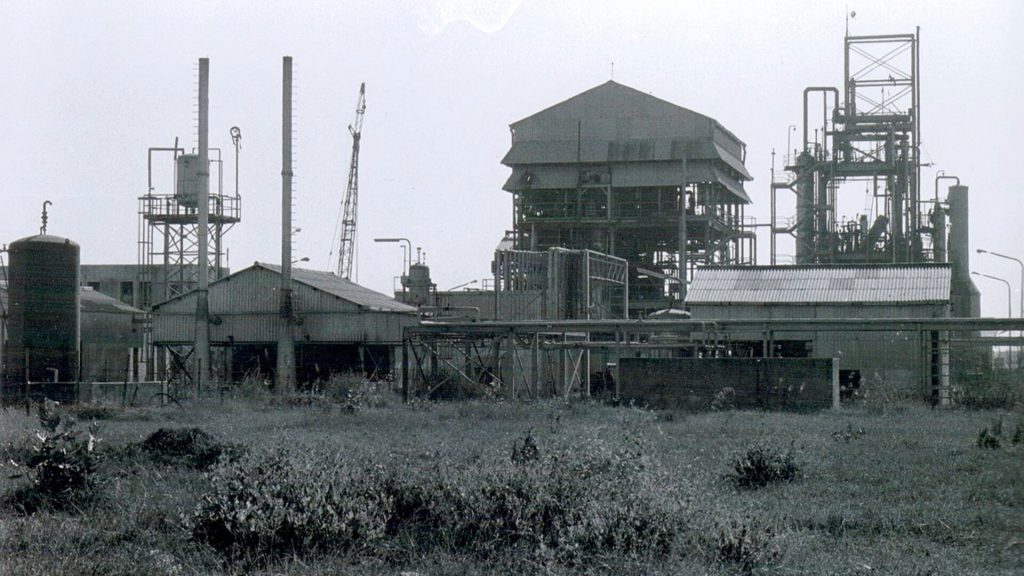
The incident resulted in the immediate deaths of thousands of people and left a lasting impact on the health of survivors, causing respiratory problems, eye disorders, and other long-term health issues. The Bhopal disaster was primarily caused by the company’s cost-cutting efforts.

